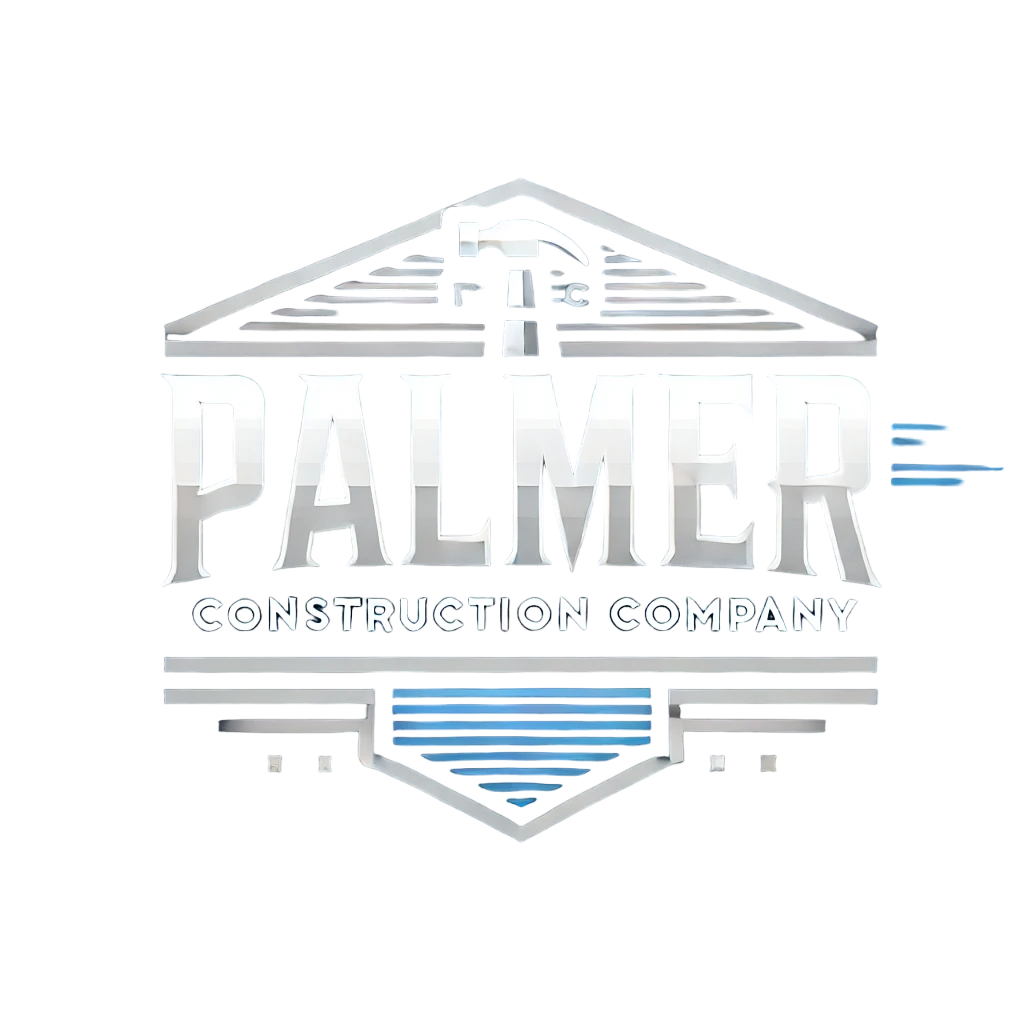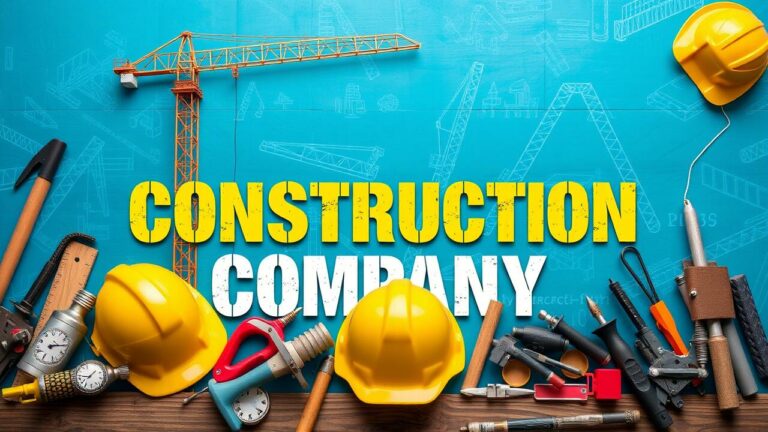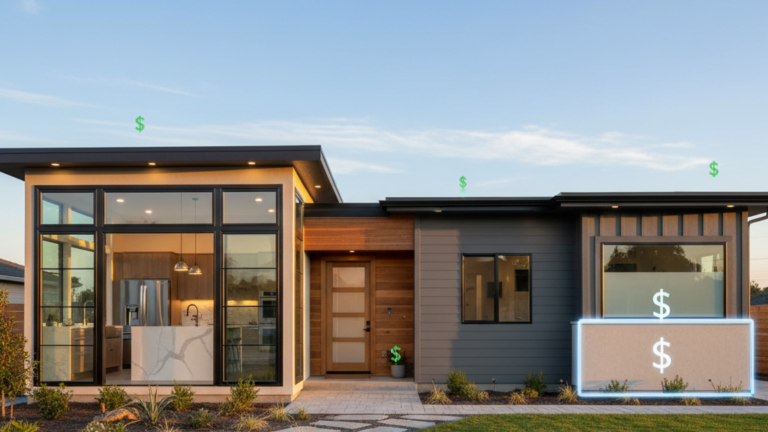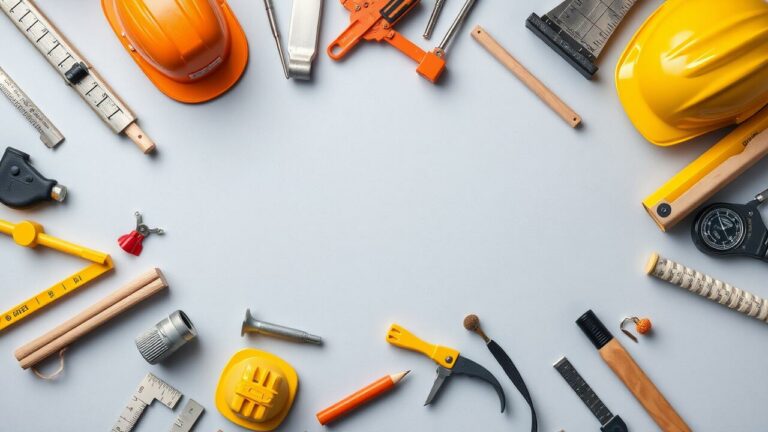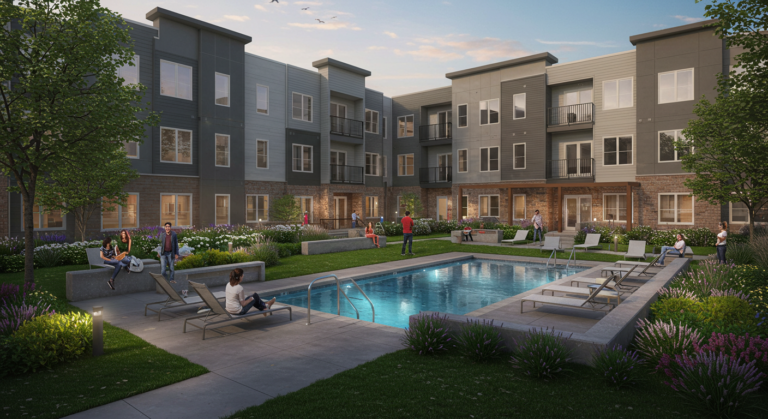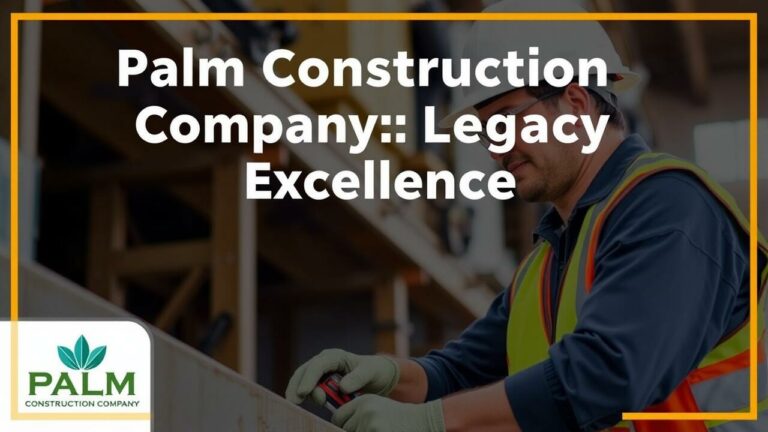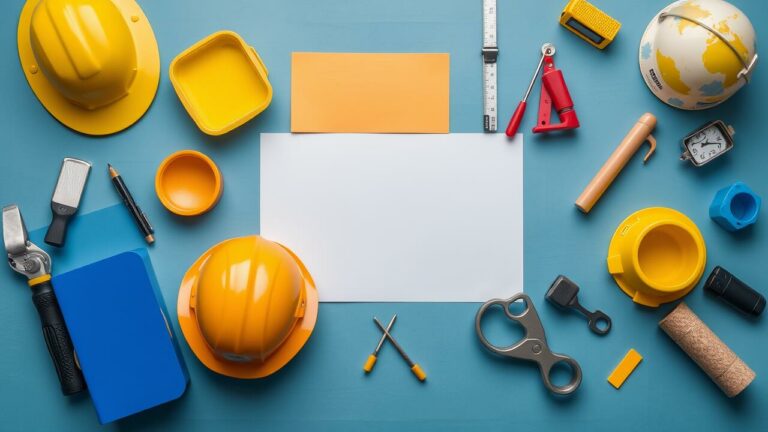Sustainable design isn’t just a trend; it’s a paradigm shift that places energy efficiency, resource conservation, and minimal environmental impact at the forefront of every building’s lifecycle. Picture architects and planners weaving in passive strategies—think maximizing natural light streaming through expansive windows or harnessing breezes for ventilation—to diminish our dependence on artificial energy sources. The selection of materials? Absolutely crucial! There’s a growing preference for sustainable options, locally sourced treasures, and even recycled gems that tell a story. This comprehensive approach crafts buildings that don’t merely exist but resonate with their environment while fulfilling the desires of those who inhabit them.
And let’s not overlook the integration of green technologies—it’s vital for supercharging sustainability within construction projects! Innovations like solar panels glistening under the sun, lush green roofs flourishing overhead, and clever rainwater harvesting systems do more than boost eco-friendliness; they elevate operational efficiency to new heights. Engaging communities during planning adds another layer of richness to this tapestry—taking into account local needs and unique environmental contexts is key. Through collaboration, architects and planners can conjure up spaces that are not only functional masterpieces but also stunningly beautiful—and above all—resilient stewards of our planet’s future.
The Importance of Site Selection
Choosing the right construction site is not just a mundane task—it’s a pivotal step in championing sustainability within building ventures. A thoughtfully selected location can dramatically shrink environmental footprints while unlocking avenues for energy efficiency and resource conservation that might otherwise remain hidden. Considerations like how close the site is to public transit, the availability of local materials, and its harmony with existing ecosystems are paramount in gauging a development’s sustainable credentials. By placing these aspects at the forefront of site selection, we pave the way for diminished greenhouse gas emissions and reduced reliance on finite resources.
But there’s more! The art of effective site selection also weaves into the fabric of social sustainability, nurturing community involvement and enriching residents’ quality of life. Meticulous planning guarantees that developments aren’t just accessible but inviting for various modes of transport—think walking paths, bike lanes, and efficient public transit options. This thoughtful approach diminishes traffic snarls while simultaneously encouraging healthier lifestyles among locals. Furthermore, opting for sites that honor and weave in local cultural narratives or historical nuances doesn’t merely build structures; it fortifies community ties and bolsters economic resilience in ways that echo through generations.
| Site Selection Factor | Importance | Benefits |
|---|---|---|
| Proximity to Public Transit | Enhances accessibility | Reduces transportation emissions and improves mobility |
| Local Material Availability | Supports resource conservation | Decreases carbon footprint and promotes local economy |
| Ecological Impact | Maintains biodiversity | Preserves natural habitats and enhances ecosystem health |
| Community Integration | Encourages public involvement | Strengthens community ties and cultural relevance |
| Active Transportation Options | Promotes healthy lifestyles | Encourages walking and biking, decreasing traffic congestion |
Sustainable Construction Certifications and Standards
In the intricate tapestry of sustainable construction, certifications and standards emerge as vital beacons, guiding the way through a labyrinth of eco-friendly practices. Enter programs like Leadership in Energy and Environmental Design (LEED), which set lofty benchmarks for designing, constructing, and operating buildings that embrace stringent sustainability criteria. These coveted certifications do more than just polish project credibility; they usher in a wave of transparency and accountability among all parties involved. By aligning with these established standards, builders can compellingly showcase their commitment to sustainability—drawing in clients and investors who hold environmental values dear.
But wait—there’s more! Sustainable construction certifications delve into an array of dimensions: energy efficiency dances alongside resource management while indoor environmental quality takes center stage. The journey toward obtaining these accolades often unfolds as a thorough examination of a project’s ecological footprint. Organizations might even chase multiple certifications—not merely for bragging rights but to bolster their reputation and signal unwavering dedication to sustainable development. As awareness grows within the ranks of builders and developers about the myriad benefits tied to these standards, the momentum propelling greener construction practices swells ever larger across the industry landscape.
Overview of LEED and Other Certification Programs
LEED, short for Leadership in Energy and Environmental Design—oh, what a mouthful!—stands as one of the globe’s most esteemed green building certification schemes. Born from the creative minds at the U.S. Green Building Council, this framework serves as a compass to navigate the complex waters of building performance across various dimensions: energy efficiency, water conservation, air purity, and resource stewardship. But don’t be fooled; earning that coveted LEED certification is no walk in the park! It demands a thorough evaluation process designed to champion sustainable design and construction methods. The endgame? Healthier indoor spaces and a diminutive environmental footprint.
Yet wait—there’s more! Beyond LEED lie other commendable heroes in the realm of sustainability certifications like BREEAM (Building Research Establishment Environmental Assessment Method) and Green Globes. Each program boasts its unique angle and assessment techniques tailored to different project types and regional quirks. These certifications serve not merely as badges of honor but also as powerful tools for companies eager to showcase their dedication to sustainability while reeling in eco-savvy clients and investors alike—a double win that boosts marketability for those shining examples of green architecture!
- LEED certification promotes energy efficiency, reducing operational costs for building owners.
- BREEAM focuses on sustainability assessment across a range of building types, emphasizing both new constructions and existing structures.
- Green Globes uses a user-friendly online assessment tool that allows for flexible evaluation processes.
- Each certification program encourages innovation, fostering the adoption of new sustainable technologies and practices.
- Achieving these certifications can enhance a company’s reputation and attract environmentally conscious customers.
- Many jurisdictions offer incentives for buildings that earn these green certifications, providing financial benefits.
- Sustainability certifications contribute to a larger movement towards reducing overall ecological impact and promoting healthier communities.
The Economic Benefits of Sustainable Practices
Embracing sustainable construction practices? Oh, the treasures that lie beneath! It’s not just about doing good for Mother Earth; it’s also a savvy financial move for builders and occupants alike. Imagine energy-efficient buildings—these marvels of modern design slashing power consumption like a hot knife through butter. Lower utility bills over time? Yes, please! And let’s not forget how they ease our dependence on pesky fossil fuels.
Now, when it comes to materials with a reduced environmental footprint during construction, we’re talking about potential savings in waste disposal costs that can be quite striking. But wait—there’s more! Sustainable designs often give property values a delightful boost, making them stand out like diamonds in the rough amidst an ever-competitive real estate market.
Investing in these eco-friendly practices isn’t merely an act of altruism; it’s akin to planting seeds for bountiful financial harvests down the line. Picture this: green buildings drawing tenants eager to shell out extra cash for lower operational costs and healthier living spaces—a win-win situation if there ever was one! Plus, organizations championing sustainability might find themselves reaping rewards in the form of tax credits, grants—you name it!
As awareness around environmental issues continues its upward trajectory globally, so too does the appetite for sustainable options burgeon. This growing demand is solidifying their vital role as cornerstones of a robust economic future.
Cost Savings and Long-term Investments
Diving into the realm of sustainable construction practices can unveil a treasure trove of cost savings that ripple throughout a building’s lifecycle. Picture this: energy-efficient designs, those clever little wonders, work tirelessly to slash utility expenses by curbing energy consumption. It’s like magic—lower monthly bills appear while simultaneously boosting property value! But wait, there’s more! Sustainable materials strut their stuff with decreased maintenance costs thanks to their impressive durability and resilience against the relentless march of wear and tear. Talk about a savvy long-term investment!
Now, sure—the initial outlay for sustainable construction might raise some eyebrows as being steep. But let’s not kid ourselves; these investments typically yield dividends over time. Think about it: many green building features—those snazzy advanced energy systems and water-saving fixtures—not only offer stellar returns via diminished operating costs but also elevate properties in the eyes of potential buyers. Often, buildings designed with sustainability at heart command higher resale values and experience fewer vacancies—a delightful boon for profitability in the bustling real estate arena! All these elements converge to bolster an ever-growing recognition of just how economically viable green buildings are becoming across both commercial and residential landscapes.
Challenges in Implementing Sustainable Construction
The shift towards sustainable practices in construction is riddled with a myriad of obstacles that can stymie progress at every turn. First off, there are those daunting initial expenses tied to eco-friendly materials and technologies—often enough to send stakeholders running for the hills, despite the promise of long-term savings looming enticingly ahead. Then there’s the nagging issue of awareness—or rather, the glaring absence of it—among industry professionals about these sustainable methods. This knowledge chasm breeds resistance like weeds in a garden; without proper understanding, many stick to outdated conventional practices that clash head-on with sustainability objectives, complicating any earnest attempts at embracing greener alternatives.
But wait! There’s more on this rocky road: regulatory frameworks can be another significant hurdle when it comes to adopting innovative techniques. Current building codes and standards often lag behind, failing to adequately encourage or even support the incorporation of sustainable solutions. The bureaucratic maze becomes a project’s worst enemy—each twist and turn slowing down efforts aimed at rolling out eco-conscious initiatives. To make real strides toward sustainable construction methods, we need an orchestrated effort from policymakers alongside industry leaders—a collaboration that could clear away some of this red tape and pave a more fluid path forward into a greener future.
Overcoming Barriers and Resistance
The path to embracing sustainable construction practices is riddled with daunting challenges. Financial constraints loom large, often casting a shadow over the initial investment required for eco-friendly methods and materials—making stakeholders hesitate. But that’s not all; a lack of familiarity with sustainable technologies breeds skepticism among construction professionals and clients alike, creating an atmosphere thick with doubt. To bridge this knowledge chasm, educational initiatives and training programs that highlight the myriad benefits of sustainable practices are absolutely essential.
Yet, resistance doesn’t just appear out of thin air—it’s rooted in entrenched industry norms and traditional methodologies that favor immediate gains over long-term viability. Shifting the mindset within this sphere is no small feat; it demands compelling showcases of successful case studies alongside tangible outcomes related to sustainability. By drawing stakeholders into the planning process, we can cultivate a collaborative spirit—a unified vision for green projects emerges from these interactions! When we spotlight the overarching advantages—think improved health metrics, diminished environmental impacts, and potential cost savings—the task of dismantling these barriers transforms from insurmountable to attainable!
Future Trends in Sustainable Construction
The construction industry is in the midst of a remarkable transformation, one that’s pulsating with innovative practices bent on boosting sustainability. Picture this: Building Information Modeling (BIM), an emerging technology that’s not just a trend but a revolution—architects and builders are now weaving energy efficiency into their designs like never before, optimizing resource use across every twist and turn of a project’s lifecycle. And then there are advanced materials stepping onto the scene—carbon-negative concrete and eco-friendly insulation options gaining momentum as they strive to shrink the environmental footprint of buildings.
But wait, there’s more! The integration of smart technologies—think IoT-enabled systems—is playing an indispensable role too, monitoring energy consumption while enhancing the performance metrics of these sustainable marvels.
Now, let’s dive deeper—the embrace of circular economy principles is shaking up traditional construction methods. Companies are pivoting towards reusing and recycling materials with fervor, aiming to slash waste while conserving precious resources. Prefabrication techniques? Oh yes—they’re surging ahead! These methodologies streamline building processes dramatically, trimming down both timeframes and material wastage.
As consciousness around environmental challenges intensifies—a clarion call echoing through the industry—stakeholders from government entities to private developers are rallying together under this banner. They’re not merely adapting; they’re signaling a robust commitment to crafting a future where sustainability reigns supreme!
Innovations Shaping the Industry Ahead
The construction industry stands on the brink of a seismic shift, propelled by an exhilarating wave of technological breakthroughs. Picture this: smart technologies weaving their way into every corner, with building information modeling (BIM) and the Internet of Things (IoT) at the forefront—boosting efficiency and precision in design and construction like never before. These cutting-edge tools are not just data collectors; they’re real-time data wizards that optimize resource allocation while slashing waste to ribbons.
But wait, there’s more! Enter robotics—the unsung heroes of automation—slicing through labor-intensive tasks with surgical precision, ushering in an era where projects don’t just finish faster but do so with astonishing accuracy.
And let us not overlook the sustainable revolution unfurling alongside these digital marvels! Biodegradable wonders and recycled materials are making waves, flipping traditional building practices on their head as they minimize our environmental footprint. Energy-efficient innovations are striding boldly onto the scene too; advanced insulation systems and solar technology aren’t just novelties—they’re fast becoming essentials. This dynamic confluence of trends isn’t merely about keeping pace—it’s about forging a path toward sustainability that resonates globally as we tackle climate change head-on. The construction realm is hurtling toward a future that’s not only responsible but charged with promise!
Conclusion
Embracing sustainable construction practices isn’t just a trend; it’s an absolute necessity in tackling the urgent environmental dilemmas we face today. Picture this: innovative designs swirling with creativity, efficient materials uniting form and function, all while keeping waste to a bare minimum. The construction industry stands at a pivotal moment where it can drastically slash its carbon footprint. And guess what? As stakeholders start to wake up to the undeniable importance of sustainability, there’s an unmistakable pivot towards greener methodologies—a seismic shift that promises more than just environmental benefits. It embodies an evolving ethos of corporate responsibility and ethical stewardship.
Now, let’s talk numbers—investing in sustainable construction might seem like throwing caution to the wind at first glance due to those higher initial costs. But hold on! This investment paves the way for significant long-term perks that are both economic and social in nature. Sure, upfront expenses may raise eyebrows, but consider this: reduced operational costs paired with skyrocketing demand for eco-friendly buildings create a recipe for favorable returns on investment that savvy developers can’t ignore! Add enhanced property values into the mix along with consumers gravitating toward sustainability—it becomes clear how these factors shape market trends like never before. By wholeheartedly adopting these forward-thinking practices, the construction sector not only lays down tracks for a sustainable future but also ignites transformative changes that ripple through communities far and wide!
